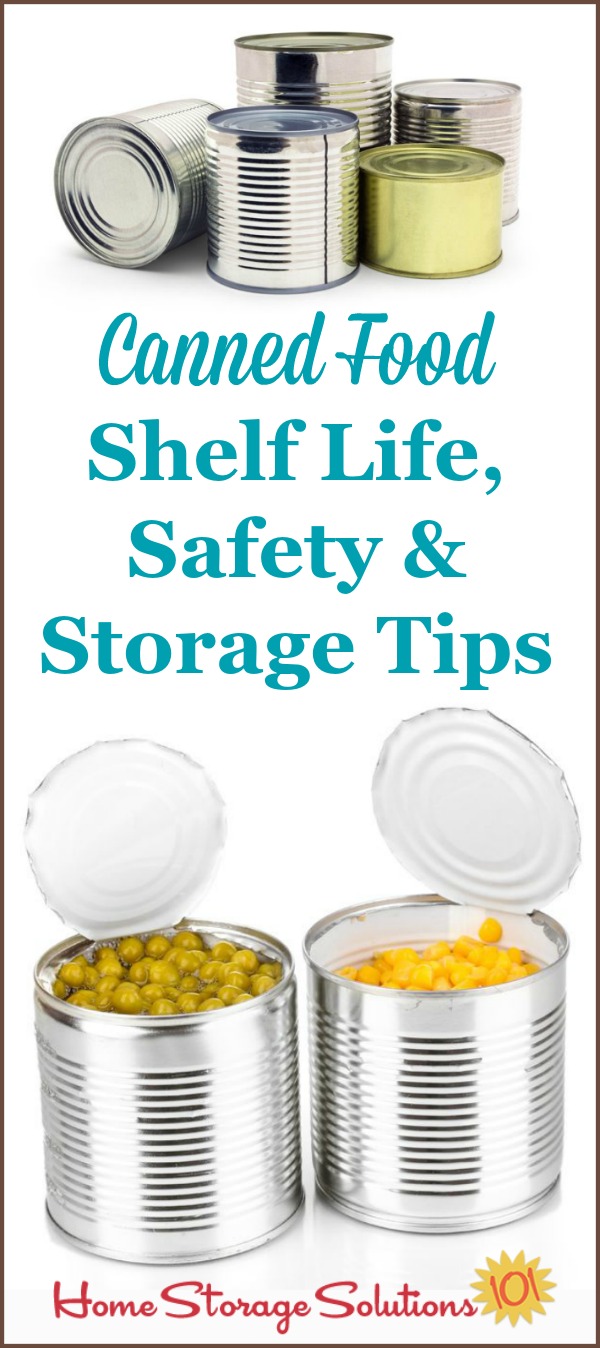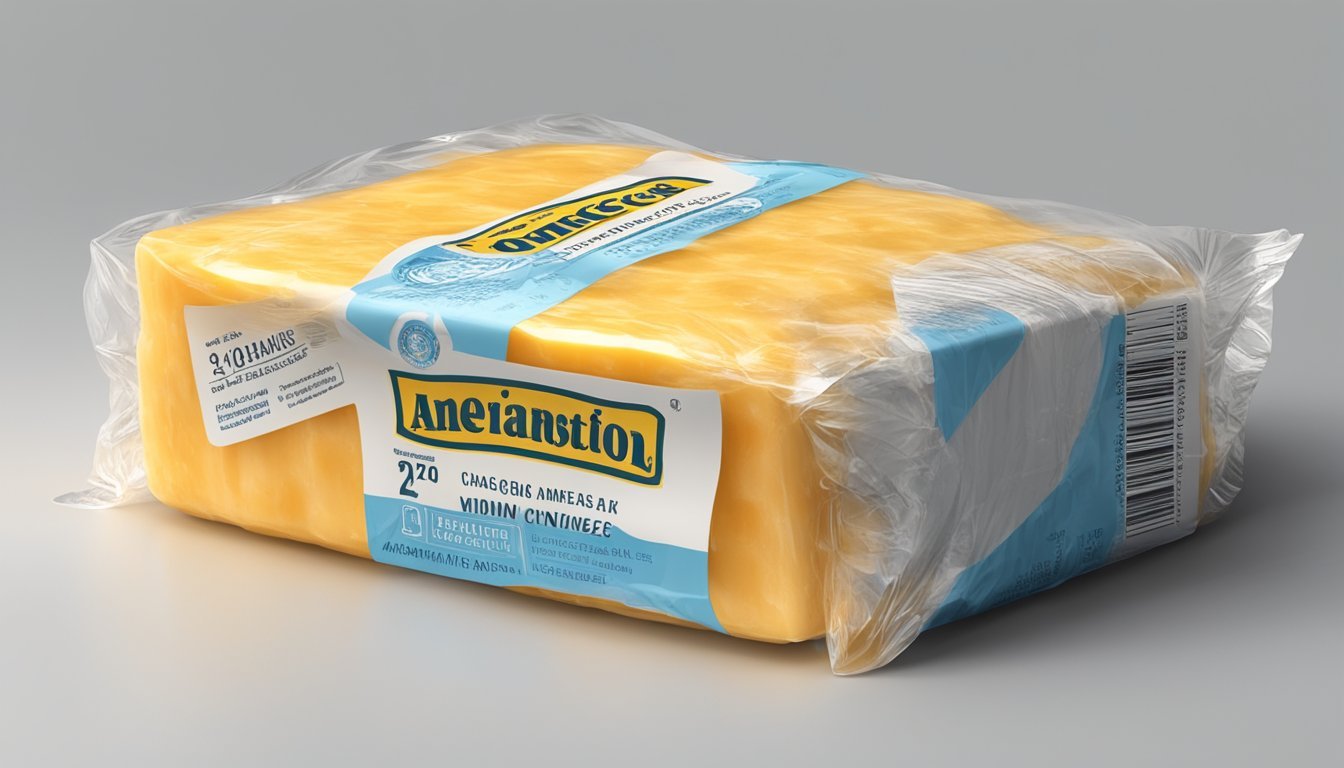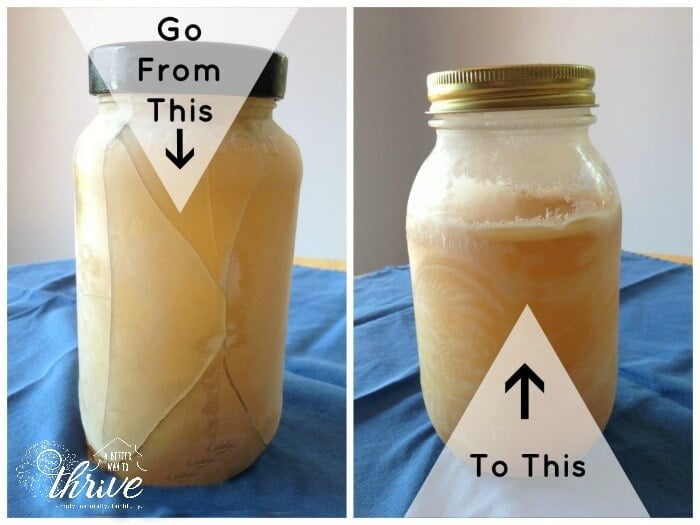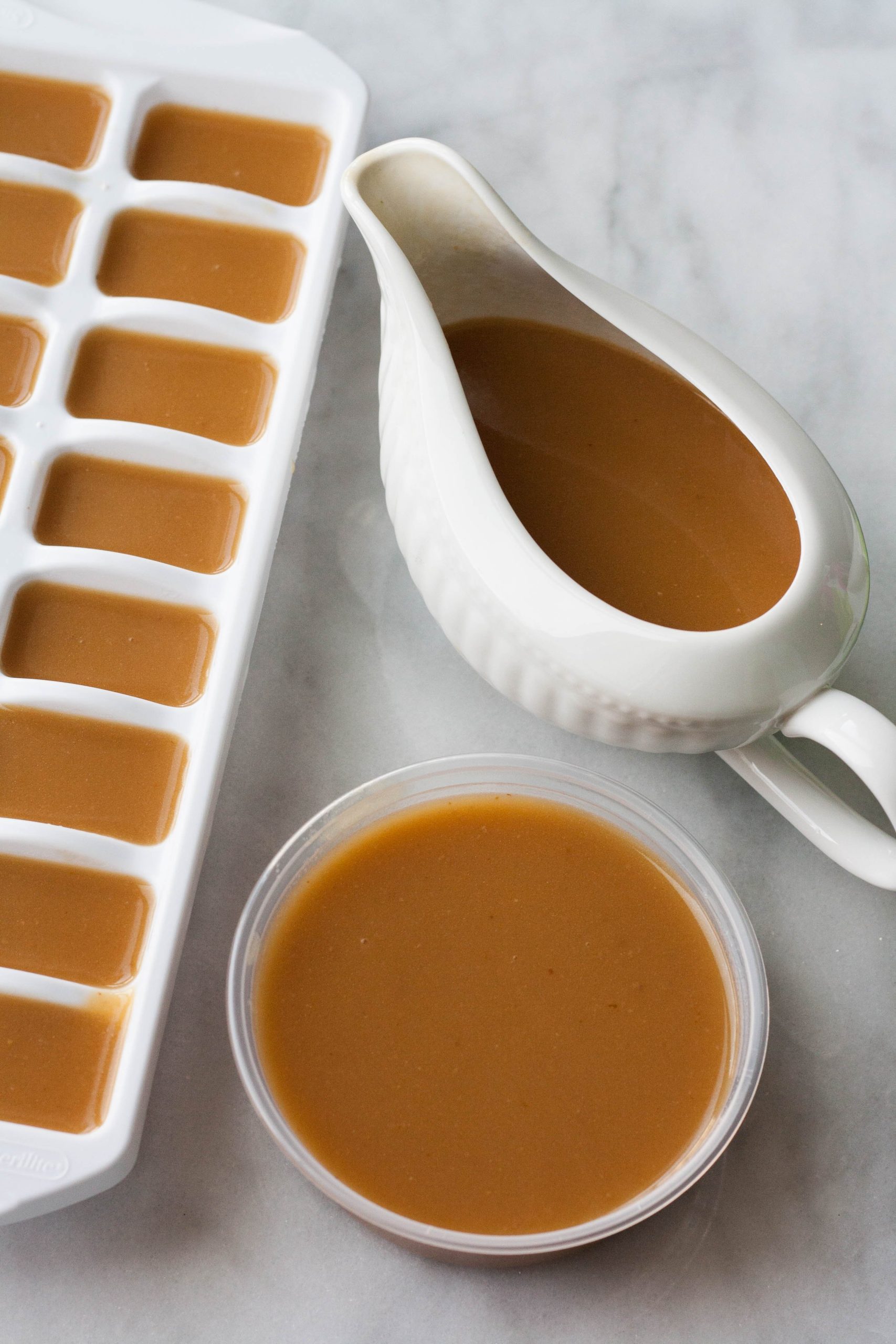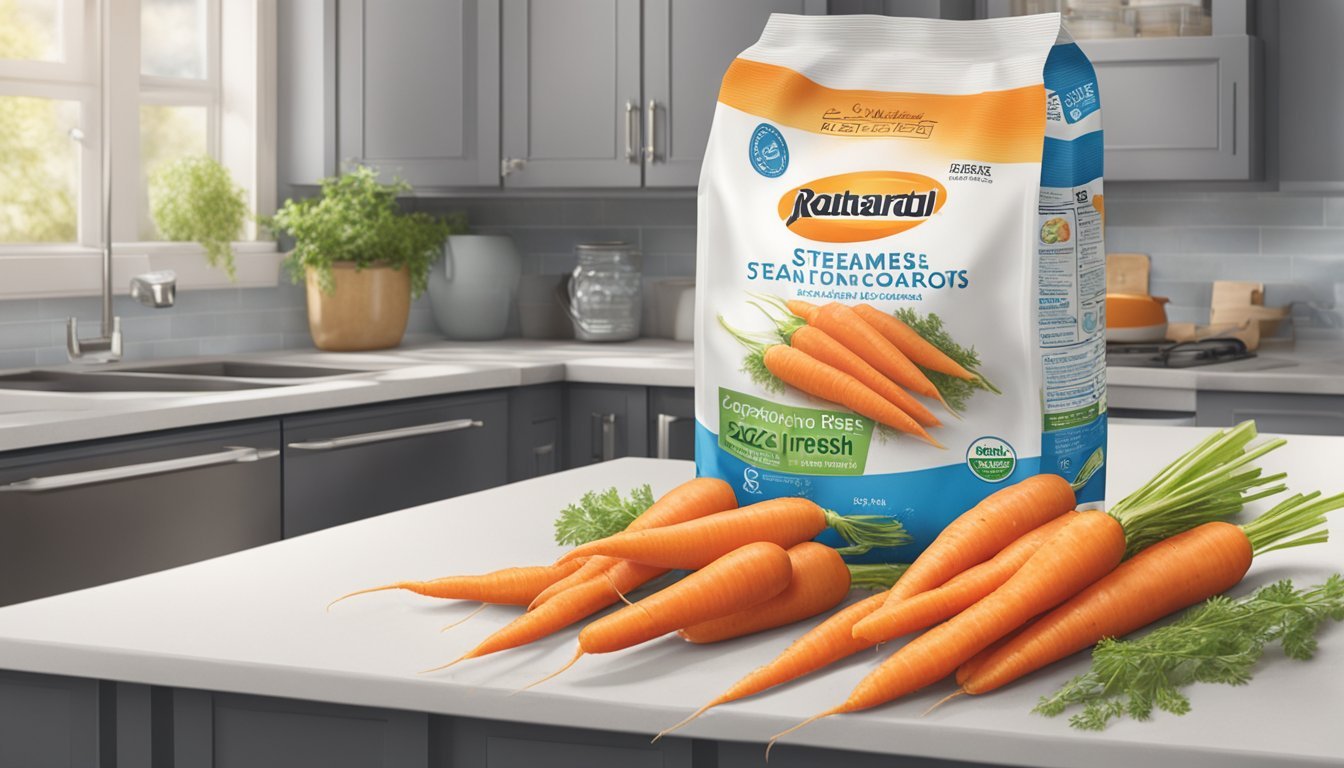How Long is Cooked Sausage Good for in the Fridge? Expert Tips to Keeping it Fresh!
– Cooked sausage can last in the fridge for a couple of days.
– It is recommended to consume cooked sausage within 3-4 days for maximum freshness and safety.
– Pre-cooked sausages like hot dogs can last up to 7 days in the fridge if stored properly at 40 degrees F or below.
– Pre-cooked sausages can last up to 2 months in the freezer if stored properly.
– Hard and dry-cured sausages like pepperoni can last up to 3 weeks in the refrigerator after opening.
– If perishable food has been left out for more than 2 hours, it should be thrown out to avoid harmful bacteria.
– Raw sausages or cooked sausages can be refrozen as long as they were thawed in the refrigerator and never reached above 40 degrees Fahrenheit or were entirely cooked before freezing.
– The best way to store pre-cooked sausage is in shallow airtight containers or heavy-duty freezer bags, following FDA and USDA guidelines for temperature (fridge at 40˚F or freezer).
– Freezing pre-cooked sausage is a safe way to extend the storage period.
– Pre-cooked sausages can be safely thawed in the microwave or oven.
– Pre-cooked sausages can be heated in various ways such as steaming, pan-frying, grilling, or air frying.
– It is safe to eat cold pre-cooked sausage, but it may be more appetizing when warm or hot.
– Overcooking smoked sausages can cause them to dry out and lose flavor.
– Symptoms of food poisoning from spoiled sausage include vomiting, diarrhea, upset stomach, and sometimes fevers.
– Tips include using different types of sausages to add protein to meals, using an air fryer for quick and easy sausage dishes, steaming for a seared and crunchy casing, cooking frozen pre-cooked sausage straight away, and preventing casings from splitting by poking holes or cutting slivers before cooking.

